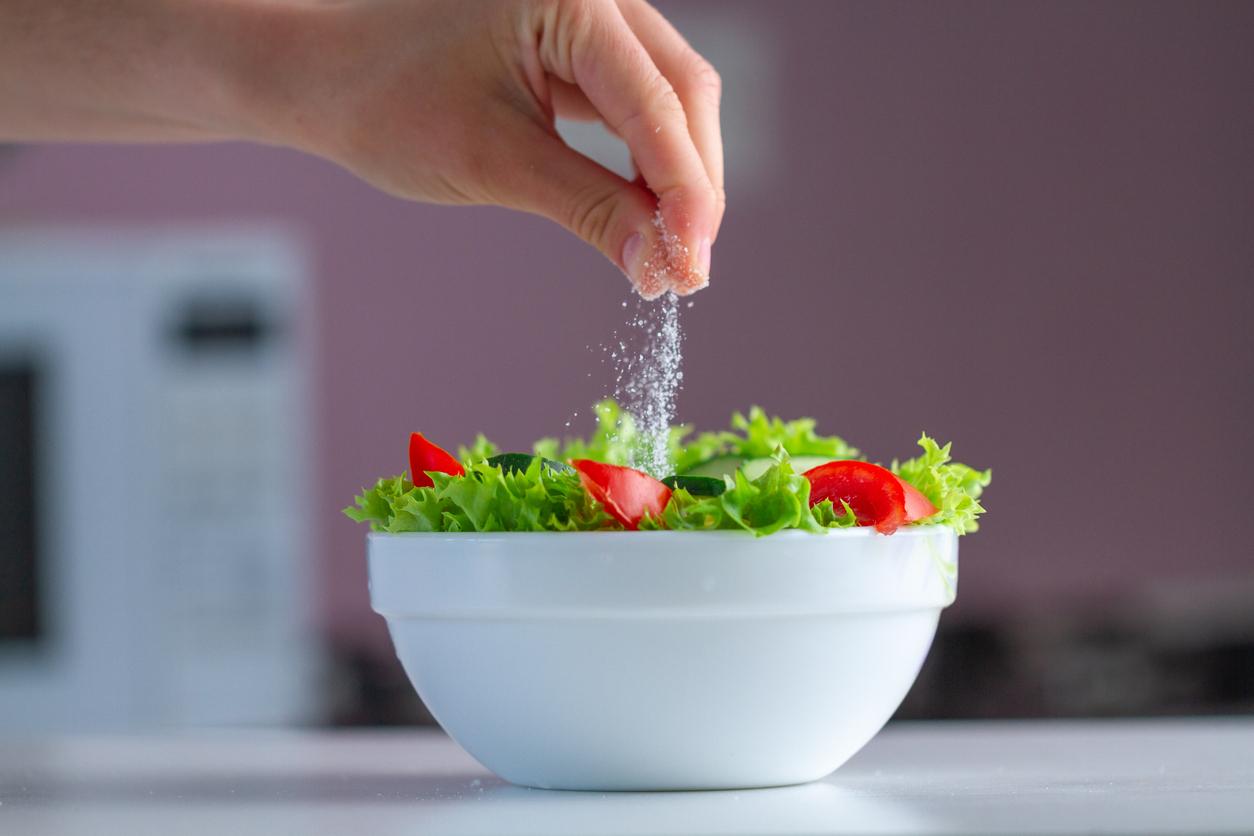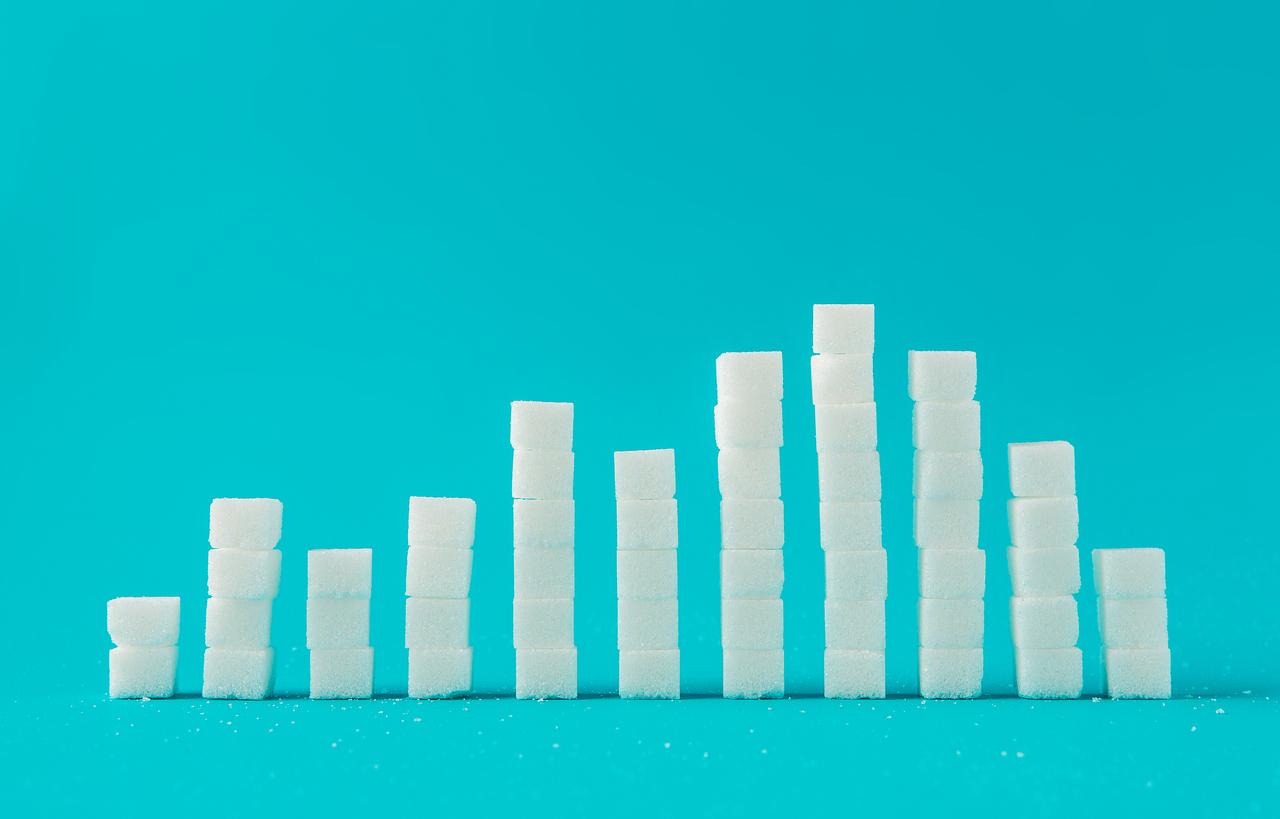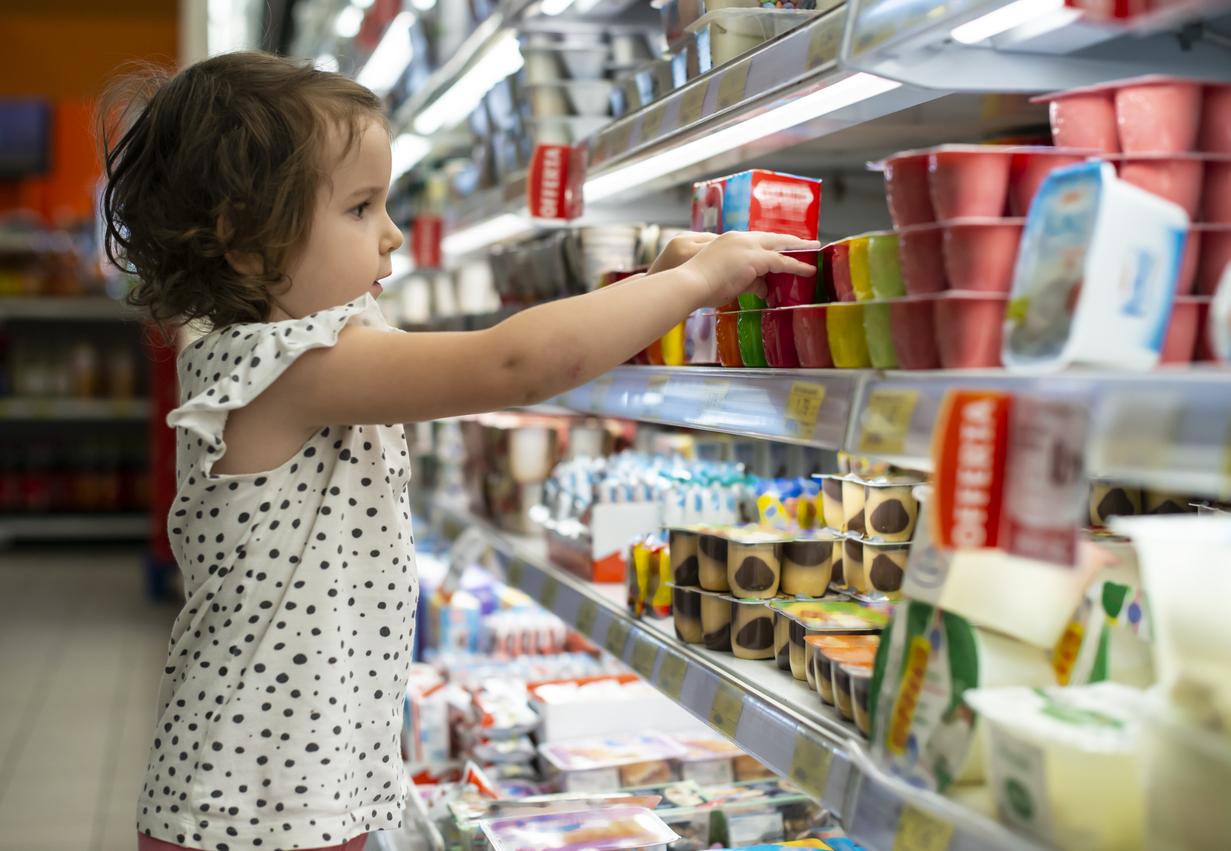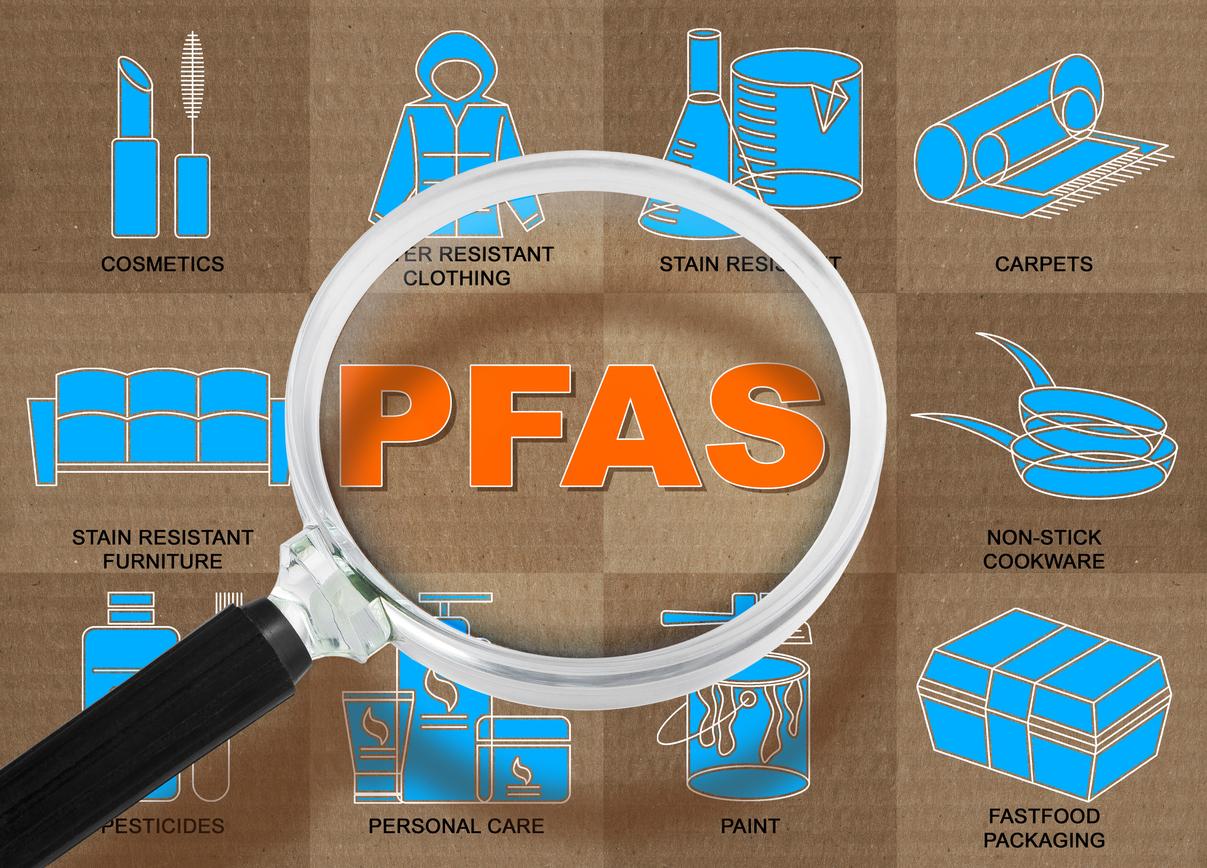A large study, conducted by the organization “World Action on Salt & Health”, in partnership with the Canadian University of Toronto, shows that bread often contains an excessive amount of salt, especially in some countries.
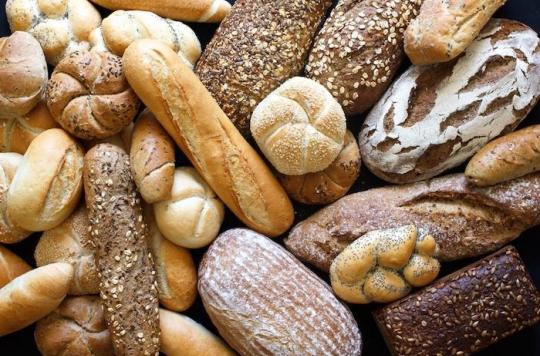
Everyone knows that France and bread is a great love story. This basic product is consumed all over the world.
According to one study, led by the organization World Action on Salt & Health (WASH), in partnership with the University of Toronto, Canada, it usually contains too much salt. The rate, however, varies by country.
Donkey hat for Canada
WASH examined over 2,000 wholemeal and mixed white breads from 32 countries and regions. Note, France is not on the list, but the results of this survey are alarming all the same.
The worst student is Canada. Thus, 21% of Canadian breads exceed the maximum salt level recommended by the Ministry of Health in 2016. And the saltiest bread, spotted by the researchers, contains 2.65g of salt per 100g… more than seawater! It is marketed by a brand of Canadian bakeries, also available in the United States.
Bread is an important source of fiber and nutrients, but did you know that bread is also the main contributor of salt to diets worldwide? Find out why here: https://t.co/HDlDwTp1Z5 #WorldSaltAwarenessWeek # 5ways5grams pic.twitter.com/paVOvKepKI
– WASH (@WASHSALT) March 15, 2018
What does the government do ?
Among Canadians over one year of age, bread represents the largest dietary sodium intake. Quite simply because it is consumed in large quantities.
There are salt reduction goals, but no program to monitor whether the food industry is making an effort or not. Between 2010 and 2013, the salt level in baked goods in Canada would have fallen by only 6.6%.
The World Health Organization (WHO) recommends a drop in salt consumption by 30% by 2025. But a lot of work is still to be done, according to Mhairi Brown, nutritionist at World Action on Salt & Health.
Inequalities depending on the country
Another highlight of this study is the variation in salt levels depending on the country. For example, mixed grain bread is the category with the lowest salt content. In Bulgaria, the saltiest bread has a sodium content of 2.50g per 100g. The least salty bread, available in Costa Rica, has a sodium content of 0.09g per 100g, which is 27 times less.
Happy World Salt Awareness Week everyone! #WorldSaltAwarenessWeek # 5Ways5Grams pic.twitter.com/XIUMsQAUXk
– WASH (@WASHSALT) March 12, 2018
The risks of eating too much salt
These days, industrial food products contain a lot of salt. But this carries risks for our health.
Thus, a diet too loaded with sodium increases blood pressure, the main cause of cerebrovascular accidents, heart attacks or even heart failure.

.









